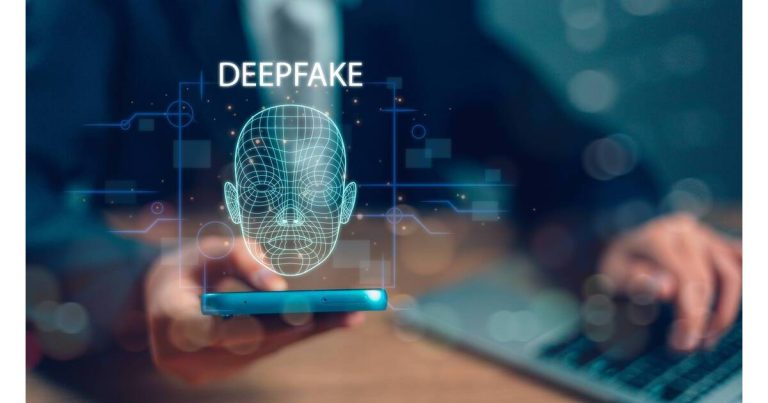Deepfakes and AI Misinformation: Can You Trust What You See?
In the digital age, where information spreads at lightning speed, the line between reality and fabrication is becoming increasingly blurred. This blurring is largely due to the rise of sophisticated technologies like deepfakes, which leverage artificial intelligence to create incredibly realistic yet entirely fake videos and audio recordings. Deepfakes have evolved from clunky, easily detectable manipulations to highly convincing impersonations, capable of mimicking a person’s facial expressions, voice, and even mannerisms with astonishing accuracy. This evolution presents a grave challenge to our ability to discern truth from falsehood, raising profound questions about the future of trust and the integrity of information consumed by the public.
The potential consequences of deepfakes extend far beyond mere entertainment or harmless pranks. These AI-powered fabrications can be weaponized to spread misinformation, manipulate public opinion, and damage reputations. Imagine a deepfake video of a political candidate making inflammatory remarks or engaging in illicit activities surfacing just before an election. Such a scenario could drastically alter public perception and potentially sway the outcome of the election, undermining the democratic process. Beyond the political sphere, deepfakes can be used to harass individuals, extort money, or incite violence. The ease with which these convincing fakes can be created and disseminated poses a significant threat to individuals, organizations, and even national security.
The technology underpinning deepfakes is known as Generative Adversarial Networks (GANs). GANs consist of two neural networks: a generator that creates the fake content and a discriminator that attempts to identify the fake. These two networks are pitted against each other in a continuous feedback loop, with the generator striving to create ever more realistic fakes and the discriminator working to become better at detecting them. This adversarial process drives the rapid improvement in deepfake quality, making them progressively more challenging to identify. As the technology becomes more accessible and user-friendly, the proliferation of deepfakes is expected to increase exponentially, exacerbating the already rampant problem of online misinformation.
Combating the spread of deepfakes requires a multi-pronged approach. Tech companies are investing in developing sophisticated detection tools that can identify subtle inconsistencies in deepfake videos, such as unnatural blinking patterns, inconsistent lighting, or irregularities in lip movements. These detection tools leverage machine learning algorithms to analyze videos and flag potential deepfakes based on a variety of factors. However, as deepfake technology evolves, these detection methods must also adapt to keep pace. It’s a constant arms race between the creators of deepfakes and those working to detect them.
Beyond technological solutions, media literacy plays a crucial role in mitigating the impact of deepfakes. Educating the public about the existence and potential dangers of deepfakes is essential. Individuals need to develop a critical eye and learn to question the authenticity of online content, especially videos and audio recordings. Checking the source of information, looking for inconsistencies, and consulting reputable fact-checking websites are vital skills in the age of deepfakes. Promoting media literacy and critical thinking skills will empower individuals to navigate the complex digital landscape and make informed decisions based on credible information.
Furthermore, legislative measures may be necessary to address the malicious use of deepfakes. Laws could be enacted to criminalize the creation and distribution of deepfakes with the intent to harm or deceive. However, striking a balance between protecting individuals from the harmful effects of deepfakes and upholding freedom of expression presents a complex challenge. International cooperation and collaboration among governments, tech companies, and civil society organizations are crucial to develop effective legal frameworks and strategies to combat the global threat of deepfakes and AI-driven misinformation. The future of trust and the integrity of information depend on our collective efforts to address this evolving challenge. Only through a combination of technological advancements, media literacy, and legislative action can we hope to navigate the murky waters of the digital age and safeguard the truth from the insidious threat of deepfakes.


